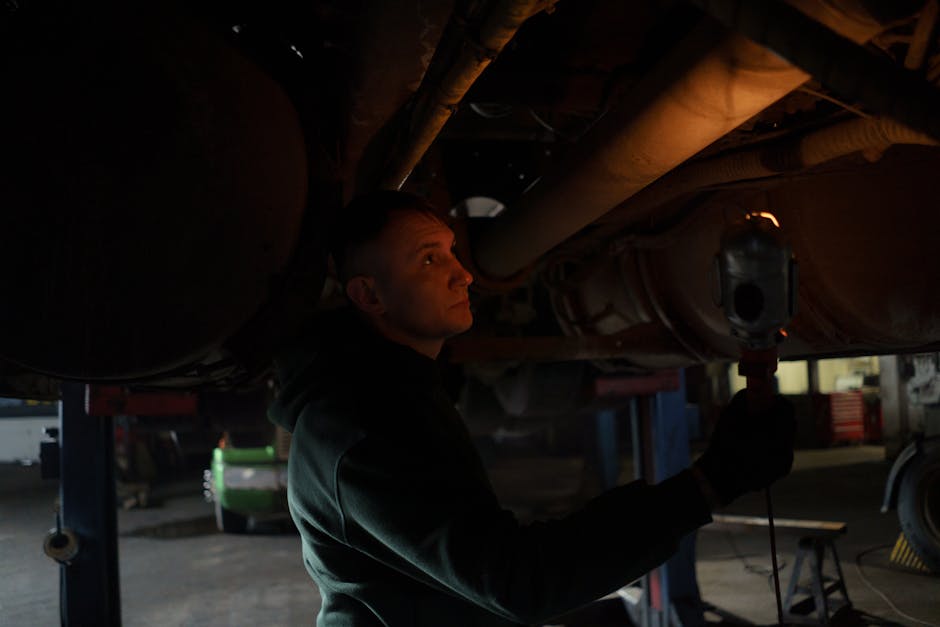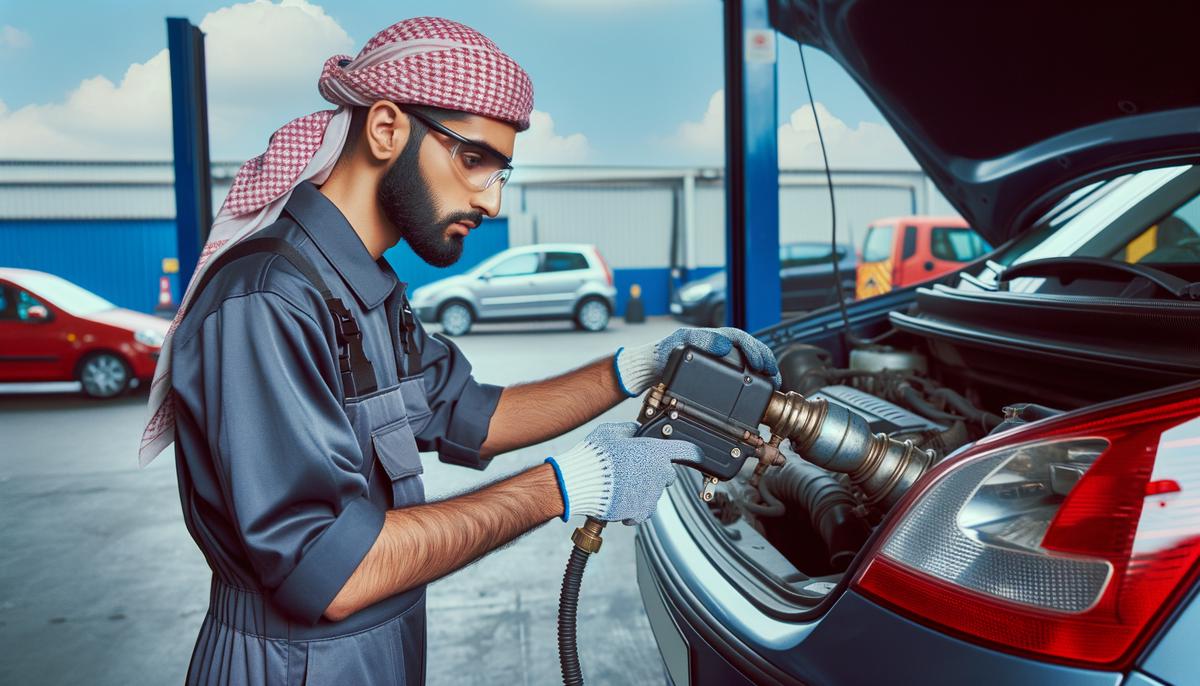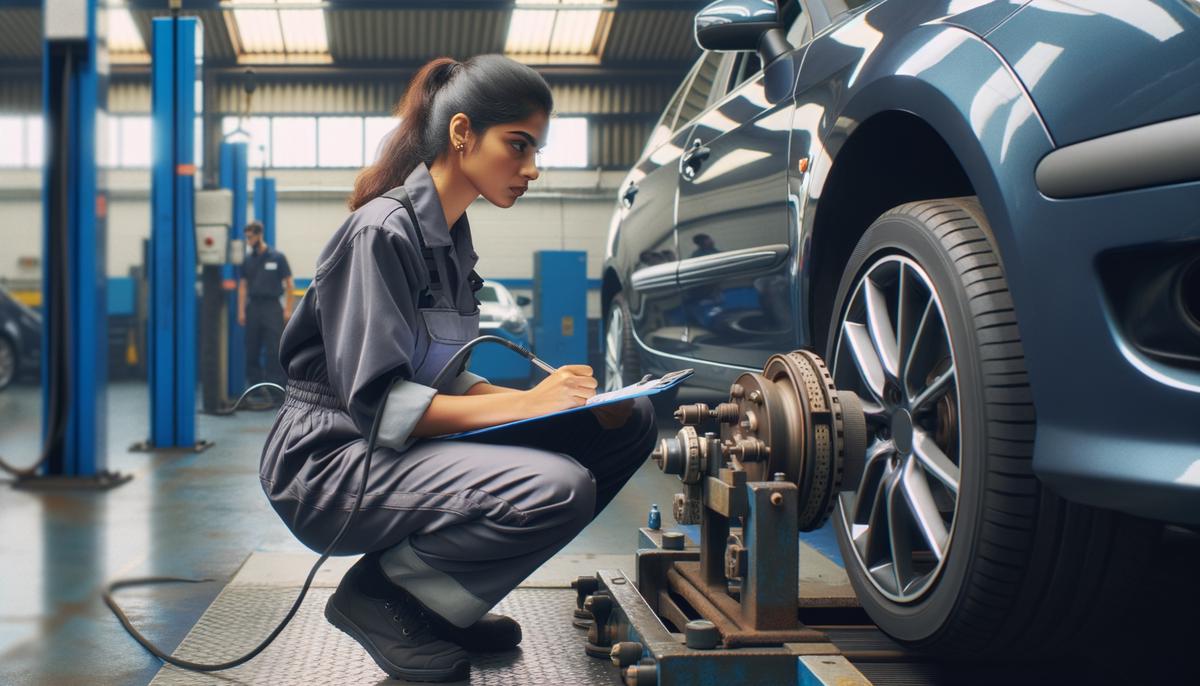Overview of MOT Test
The MOT test in the UK is an annual check that ensures vehicles are roadworthy and safe. This mandatory test dates back to 1960 when the Ministry of Transport first introduced it. Initially, it applied only to cars over ten years old, but it quickly revealed many vehicles in dire straits. Consequently, the age threshold dropped to three years by 1967.
During the MOT test, a certified tester inspects numerous aspects of the vehicle. These include:
- The exhaust and emissions, ensuring they're within acceptable limits based on the vehicle's age and fuel type.
- Seat belts are scrutinized for security, condition, and operation.
- The steering wheel's condition and its attachment to the steering shaft are checked.
- The windscreen is inspected for any damage that might impair the driver's vision, along with the condition and functionality of the wipers and washers.
- The bonnet catch and horn are also tested to confirm they latch securely and operate at an adequate volume, respectively.
- Number plates undergo checks to ensure they're secure, legible, and comply with the design standards mandated by law.
Headlights, taillights, indicators, brake lights, and other required lights must function correctly and be in good condition. Brakes are tested for efficiency and operation, and tires are checked for proper size, condition, and tread depth.
Mirrors, crucial for visibility, must be secure and not distorted or damaged. Doors should open and close from inside and outside the vehicle, while seats and seat backs should be secure and positioned correctly.
The suspension system also gets a thorough inspection, as do the fuel system and the car body to ensure there's no significant damage or corrosion. This comprehensive check ensures that all vehicles on the road meet safety and environmental standards.
Vehicles over forty years old, as of 2018, are exempt from the MOT test, though owners are still encouraged to ensure their classic cars are roadworthy. The MOT test is a cornerstone of vehicle safety in the UK, aiming to keep roads safe for everyone.

Detailed Stages of Vehicle Inspection
The MOT test unfolds in a series of meticulous stages, each designed to ensure that every aspect of the vehicle meets stringent safety and environmental standards.
First is the exhaust emissions inspection. This involves checking the car's exhaust system to confirm that emissions are within the acceptable limits set for its age and fuel type. For diesel vehicles, a smoke meter measures the density of the smoke emitted. For petrol engines, the engine must not emit dense blue or visible black smoke continuously.
Next is the under-bonnet inspection, where the inspector checks various components under the hood, including the engine transmission mounts, brake systems, fuel system, and fluid levels. The mechanical brake components and hydraulic systems are scrutinized along with the vehicle's general condition, ensuring there are no obvious issues like leaks or defective parts.
The headlamp alignment test follows, checking for a clear, distinctive cut-off in the light pattern. Misaligned beams or a failure to produce a proper pattern can result in a failure.
The inspector then examines the general body condition and structural integrity, including door functionality, the boot lid, bonnet, and overall body condition for signs of corrosion or significant damage. The vehicle's suspension system and wheels are also examined for wear and damage.
The braking system inspection is critical. The car's wheels are placed on rollers, and the brakes are applied to measure functionality and efficiency. Signs of low braking effort, binding brakes, severe grabbing or juddering, and imbalance between the brakes on different wheels will lead to a failing grade.
For the underbody inspection, the vehicle is lifted, and the inspector examines components not easily visible from the ground, including the steering system, road wheels, hubs, suspension components, shock absorbers, and the exhaust system. The fuel system and the vehicle's structural integrity are also scrutinized for leaks, severe rust, or structural weaknesses.
Any finding of components not meeting the required standards will result in the vehicle failing the MOT test. This comprehensive inspection system ensures that vehicles on UK roads remain safe and environmentally compliant, promoting road safety.

Common Reasons for MOT Failures
Common reasons vehicles fail the MOT test include issues with:
- Braking systems, such as worn brake pads, discs, or faulty components can impair a vehicle's stopping ability, leading to a fail. Regular checks and maintenance of the braking system are essential.
- Tires must be the correct size and type, in good condition, and have appropriate tread depth. Worn or excessively damaged tires compromise grip and handling, leading to dangerous situations.
- Lighting, including faulty or misaligned headlights, taillights, indicators, and brake lights, can prevent other drivers from seeing your vehicle clearly or mislead them, causing accidents.
- Emissions tests are crucial, and exhaust systems that leak, emit excessive smoke, or fail to meet emissions standards for their age and fuel type will not pass.
- Windscreens with cracks or chips and damaged mirrors can obstruct the driver's view, posing a safety hazard.
- Corrosion, especially on load-bearing areas, can lead to failure due to compromised structural integrity. Regular checks and treating areas of rust early can mitigate this problem.
To maintain vehicle roadworthiness and increase the chances of passing the MOT, motorists should adopt a routine maintenance schedule, including regular servicing by qualified technicians and self-checks for lights, tires, and fluid levels.

Regular maintenance is key to passing the MOT test smoothly. By staying on top of your car's condition—checking brakes, tires, lights, and more—you not only enhance safety but also save yourself from potential headaches down the road. "An ounce of prevention is worth a pound of cure," as the saying goes. Keep your vehicle well-maintained for a safer driving experience.
- Driver and Vehicle Standards Agency (DVSA). (2018). Annual MOT Test Manual. London: The Stationery Office.
- Department for Transport. (2020). Vehicle Testing Statistics: Annual Report 2019. London: Author.
- Automobile Association (AA). (2022). MOT Test Checklist. AA.com.
- RAC. (2021). MOT Test: The Complete Guide. RAC.co.uk.
Leave a Reply